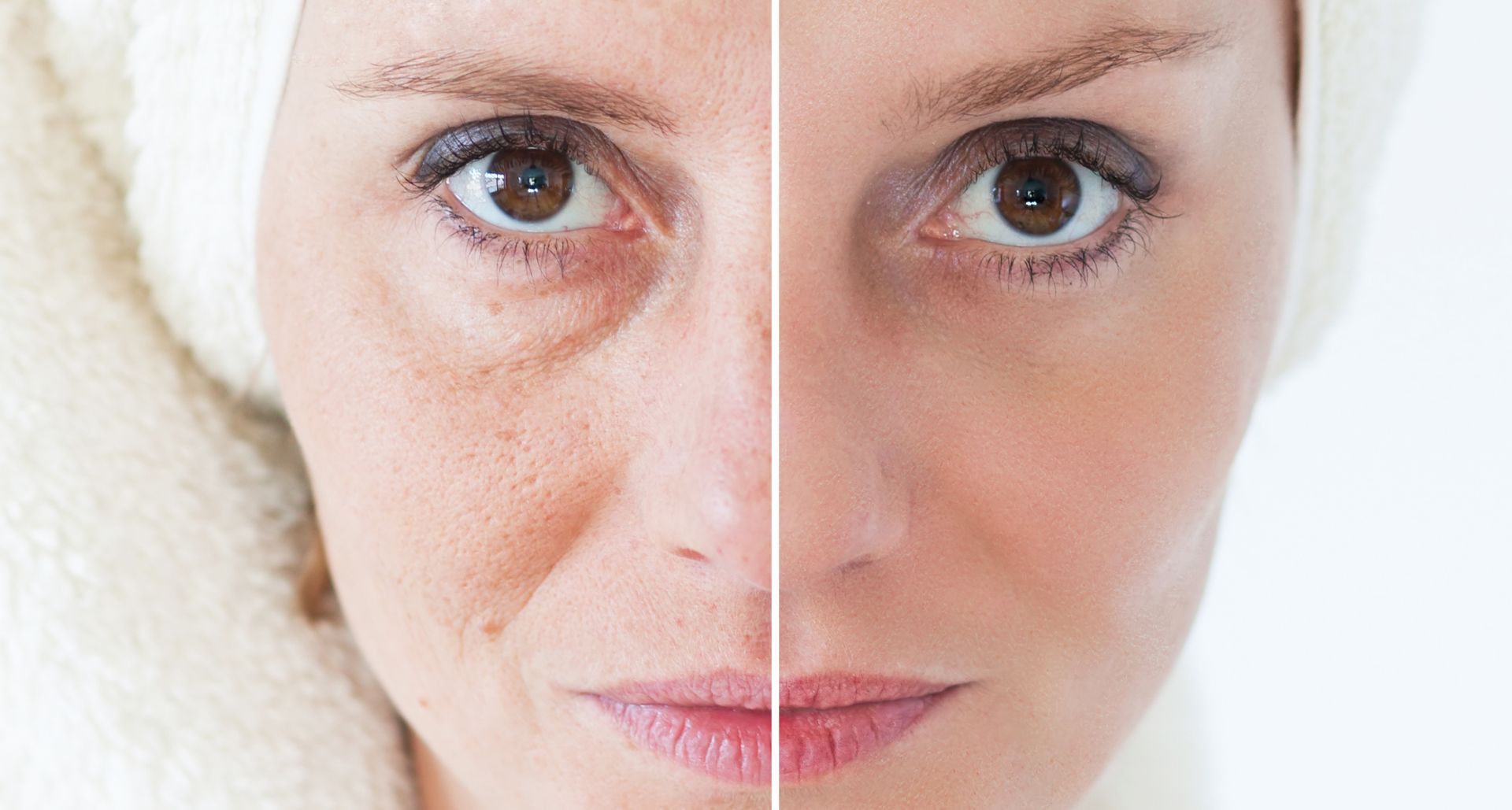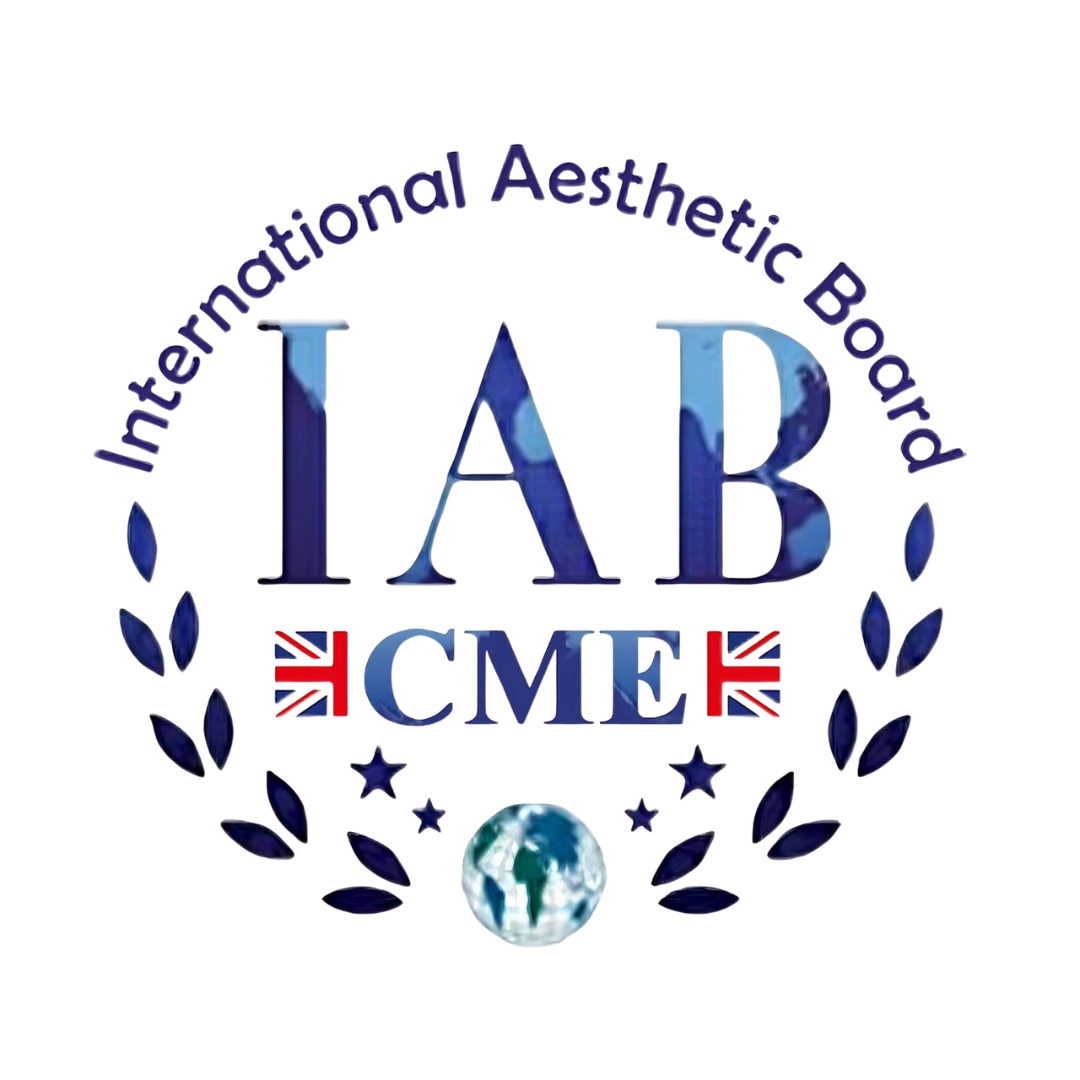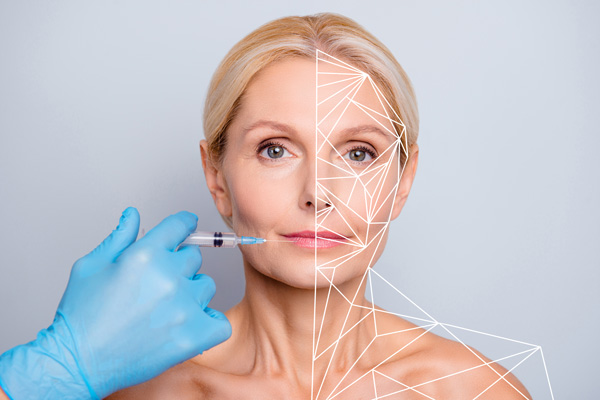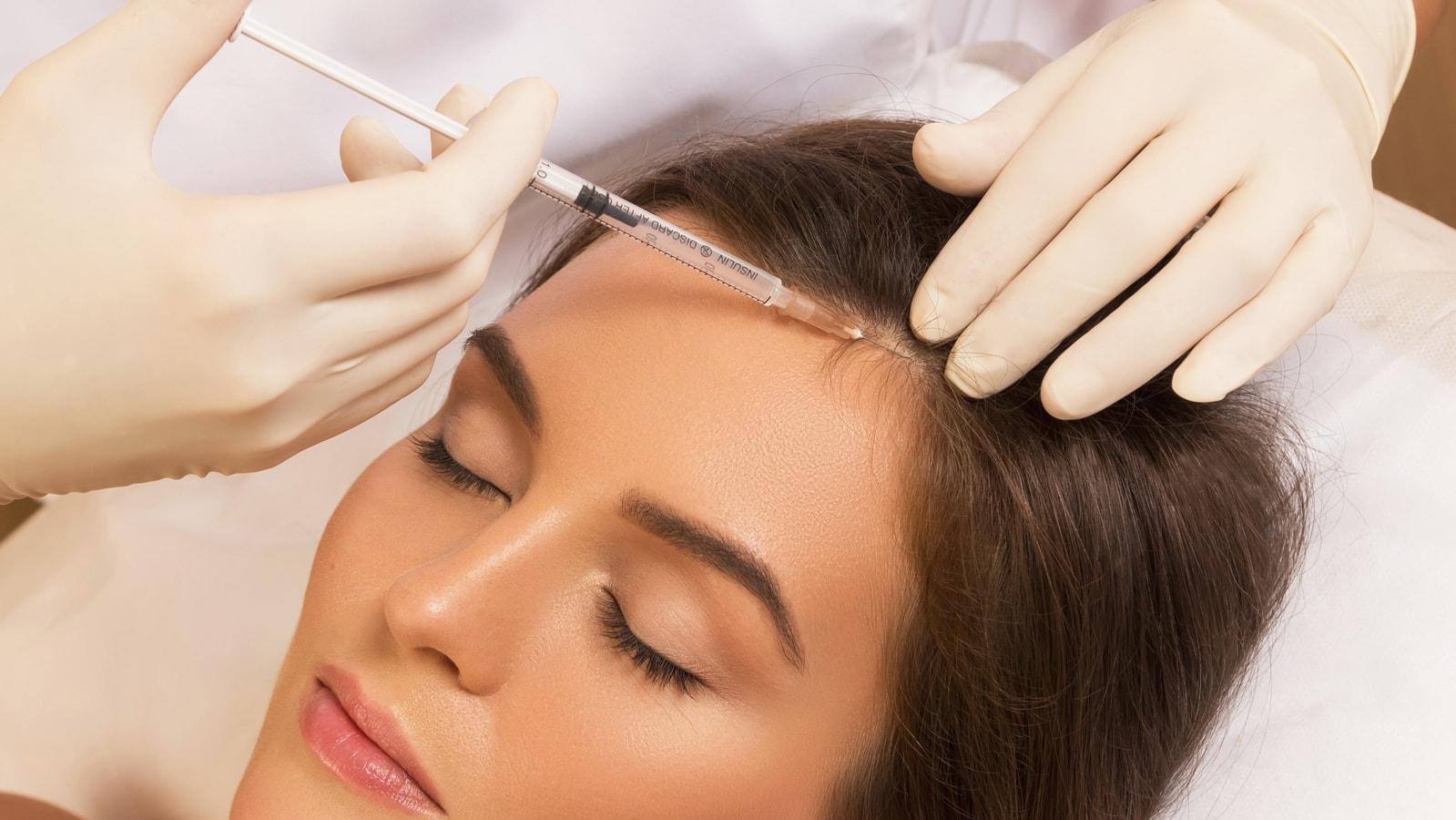Currently Empty: £0.00

mbakr
- November 21, 2025
- Comment 0
Collagen Biology, Aging Pathways & Regenerative Aesthetic Therapies
ABSTRACT
Skin rejuvenation is a core component of aesthetic medicine and is grounded in the scientific understanding of skin biology, collagen structure, cellular aging, and repair pathways. This module provides an advanced educational review covering the physiology of skin aging, collagen degradation, fibroblast decline, oxidative stress, and the molecular mechanisms involved in rejuvenation. It also outlines evidence-based regenerative therapies including PRP, PRF, exosomes, biostimulators, microneedling, lasers, and combination protocols. Designed for clinicians, this article establishes the scientific foundation needed to perform safe, effective, and patient-centered skin rejuvenation treatments.
LEARNING OBJECTIVES
After completing this module, learners will be able to:
- Understand the structure and function of the skin and extracellular matrix (ECM).
- Identify key mechanisms of intrinsic and extrinsic aging.
- Explain collagen synthesis, degradation, and fibroblast biology.
- Evaluate regenerative therapies and their mechanisms of action.
- Design safe, personalized skin rejuvenation treatment plans.
- Integrate combination approaches for improved aesthetic outcomes.
- INTRODUCTION
Skin aging is caused by a combination of genetic, hormonal, and environmental factors. As aesthetic medicine moves toward regenerative, evidence-based practices, clinicians must understand the biological mechanisms underlying aging and rejuvenation.
Modern skin rejuvenation focuses on:
- Stimulating collagen and elastin
- Improving epidermal turnover
- Enhancing hydration and barrier integrity
- Reducing oxidative and inflammatory damage
- Promoting tissue repair and remodeling
This module provides a scientific foundation for understanding these processes and their application in clinical practice.
- SKIN STRUCTURE & FUNCTION
2.1 Epidermis
- Outermost protective barrier
- Contains keratinocytes, melanocytes, and immune cells
- Responsible for barrier function, pigmentation, and cell turnover
Thinning of the epidermis with age results in dullness, fragility, and slower healing.
2.2 Dermis
- Contains collagen, elastin, hyaluronic acid, blood vessels, and fibroblasts
- Provides strength, elasticity, and hydration
- Collagen I and III are predominant
Dermal volume and elasticity decline with age due to collagen fragmentation and fibroblast dysfunction.
2.3 Subcutaneous Layer
- Fat compartments provide structural support
- Redistribution occurs with aging (atrophy in some areas, accumulation in others)
2.4 Extracellular Matrix (ECM)
The ECM influences:
- Moisture retention
- Mechanical strength
- Cellular communication
Aging ECM shows reduced glycosaminoglycans (GAGs), altered collagen, and increased matrix metalloproteinases (MMPs).
- BIOLOGY OF AGING
Skin aging occurs through two parallel processes:
3.1 Intrinsic Aging
Genetically programmed and related to time.
Characteristics:
- Fibroblast decline
- Reduced collagen synthesis
- Fine lines
- Thinning epidermis
- Loss of elasticity
3.2 Extrinsic Aging
Caused by environmental factors.
Major contributors:
- UV radiation
- Pollution
- Smoking
- Poor nutrition
- Stress
Extrinsic aging accounts for up to 80% of visible aging signs.
- MOLECULAR MECHANISMS OF SKIN AGING
4.1 Collagen Degradation
Collagen loss occurs through:
- Increased MMP activity
- Reduced fibroblast output
- UV-induced collagen fragmentation
- Oxidative stress
This results in wrinkles, laxity, and dermal thinning.
4.2 Elastin Degeneration
- Elastosis from UV exposure
- Loss of recoil and elasticity
4.3 Hyaluronic Acid Decline
- Decreased hydration
- Weakened ECM integrity
4.4 Oxidative Stress
Free radicals damage:
- Lipids
- DNA
- Proteins
Leads to pigmentation and uneven texture.
4.5 Inflammation (“Inflammaging”)
Chronic low-grade inflammation accelerates:
- Tissue breakdown
- Collagen loss
- Pigment dysregulation
4.6 Cellular Senescence
“This is when cells stop dividing but remain active.”
Senescent cells:
- Produce inflammatory cytokines
- Disrupt repair processes
- Impair collagen regeneration
- REGENERATIVE SKIN REJUVENATION THERAPIES
Regenerative treatments restore skin by stimulating biological repair and collagen remodeling.
5.1 Platelet-Rich Plasma (PRP)
Mechanism of Action
PRP contains:
- Platelet-derived growth factor (PDGF)
- Transforming growth factor-beta (TGF-β)
- Vascular endothelial growth factor (VEGF)
These promote:
- Fibroblast activation
- Collagen synthesis
- Tissue repair
Indications
- Skin rejuvenation
- Acne scarring
- Hair loss
- Dark circles
5.2 Platelet-Rich Fibrin (PRF)
PRF is the next generation of autologous regenerative therapy.
Advantages
- Slow release of growth factors
- Fibrin scaffold supports sustained healing
- No additives or anticoagulants
PRF is effective for:
- Periorbital rejuvenation
- Fine lines
- Tissue regeneration
5.3 Exosomes & Cellular Signaling Therapies
Exosomes are extracellular vesicles containing:
- mRNA
- miRNA
- Growth factors
- Peptides
They modulate:
- Fibroblast proliferation
- Collagen synthesis
- Inflammation reduction
- Skin barrier repair
Used for:
- Advanced anti-aging
- Post-laser recovery
- Scar revision
5.4 Biostimulators
Biostimulating fillers create long-term collagen regeneration.
Types
- Poly-L-lactic acid (PLLA)
- Calcium hydroxyapatite (CaHA)
- Polynucleotides (PN/PN-HPT)
Effects
- Skin tightening
- Improved elasticity
- Global facial rejuvenation
- Long-lasting collagen remodeling
5.5 Skin Boosters & Injectable Hydration
Hyaluronic acid (HA) boosters:
- Restore dermal hydration
- Improve texture
- Support ECM integrity
Indications:
- Dehydrated skin
- Fine lines
- Early aging
5.6 Microneedling & Collagen Induction Therapy
Microneedling:
- Creates controlled microinjuries
- Stimulates growth factors
- Activates fibroblasts
- Improves scars, pores, fine lines
Can be combined with:
- PRP
- Exosomes
- HA boosters
5.7 Laser & Energy-Based Devices
Fractional Lasers
- Ablative: CO₂, Erbium
- Non-ablative: 1550–1927 nm
Stimulate:
- Neocollagenesis
- Dermal remodeling
Radiofrequency (RF)
- Tightens tissue
- Stimulates fibroblasts
- Enhances skin elasticity
Microneedling RF
- Precise depth control
- Effective for scars, laxity, pores
- COMBINATION PROTOCOLS IN SKIN REJUVENATION
Optimal results often require synergistic treatments.
6.1 Examples of Combination Approaches
- PRP + microneedling (regeneration + collagen induction)
- Fractional laser + exosomes (faster recovery, enhanced results)
- RF microneedling + biostimulators (lifting + firming)
- HA boosters + PN (hydration + structural repair)
A combination approach improves:
- Texture
- Tone
- Elasticity
- Volume
- Overall skin quality
- PATIENT SELECTION & TREATMENT PLANNING
7.1 Assessment
Evaluate:
- Skin quality
- Degree of laxity
- Depth of wrinkles
- Pigmentation patterns
- Lifestyle factors
7.2 Treatment Mapping
Plan treatment based on:
- Aging stage
- Skin thickness
- Ethnic considerations
- Patient’s goals
- Budget
- Downtime acceptance
7.3 Contraindications
- Active infections
- Uncontrolled systemic disease
- Pregnancy/breastfeeding
- Keloid tendency (relative)
- Autoimmune conditions (relative)
- SAFETY & COMPLICATION PREVENTION
8.1 Expected Minor Effects
- Redness
- Swelling
- Mild sensitivity
8.2 Treatment-Specific Risks
- PRP: bruising, swelling
- Lasers: PIH, erythema, crusting
- RF microneedling: pinpoint bleeding, dryness
- Biostimulators: nodules (rare with correct dilution/technique)
8.3 Prevention Principles
- Proper skin assessment
- Appropriate device settings
- Sterile technique
- Educating patients on post-care
- POST-TREATMENT CARE
General recommendations:
- Avoid sun exposure
- Use SPF daily
- Avoid makeup for 24 hours (device-based treatments)
- Avoid strenuous exercise for 24 hours
- Use hydrating and barrier-support products
- Follow-up after 2–4 weeks
- KEY LEARNING POINTS
- Skin rejuvenation is grounded in understanding collagen biology and cellular aging.
- Regenerative therapies activate natural repair mechanisms rather than masking aging signs.
- Combination treatments provide the most comprehensive improvements.
- Individualized treatment planning enhances outcomes and safety.
- Long-term rejuvenation relies on collagen stimulation, hydration, and barrier repair.



